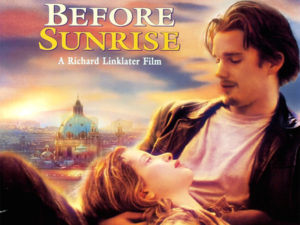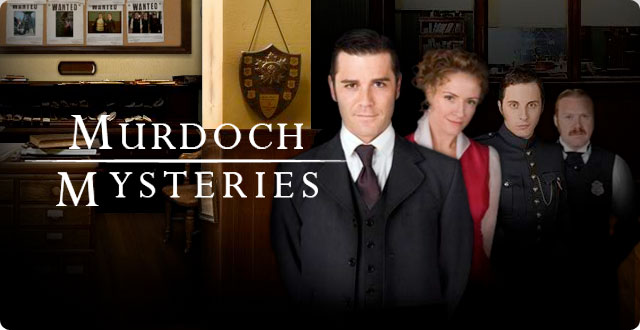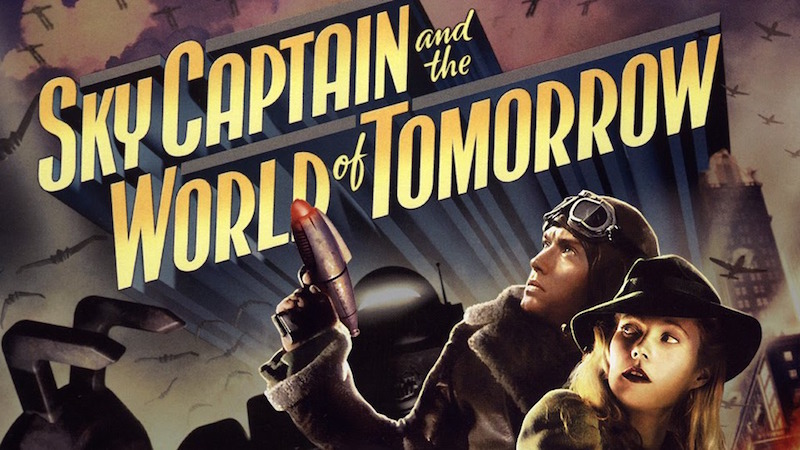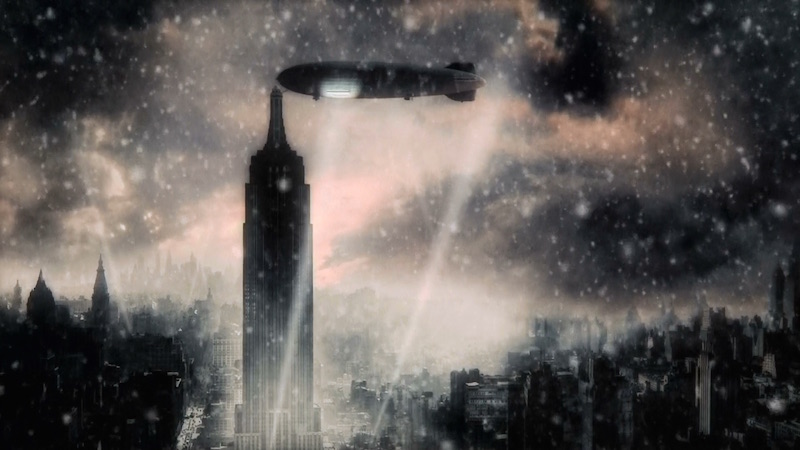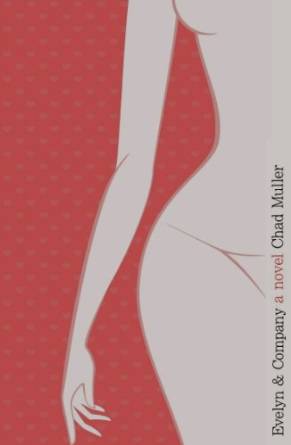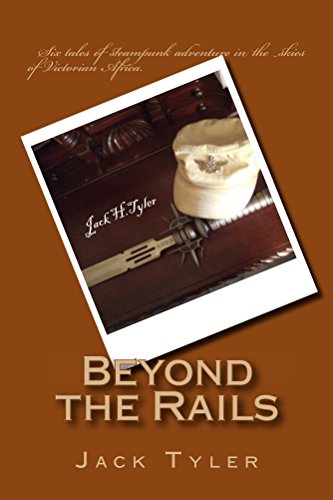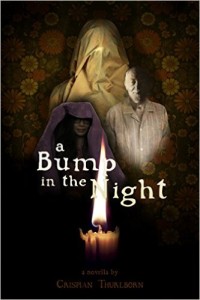The plotless movie. The plotless novel. The plotless story. How can a movie or a work of literature have no plot? Well, the answer is simple. It can’t. All stories have a plot of some kind, because the plot is nothing more than what happens in the story.
Plots are fairly simple. They are, broadly speaking, some manner of:
- Adventure or Quest
- Love story
- Puzzle
- Seeking of Vengeance or Justice
- Pursuit or Escape
- Self-Discovery
What makes a story, however, is not the plot. It’s the characters. As Ray Bradbury advised writers: create your characters, let them do their thing, and there’s your story.
Recently, my wife and I watched the movies Before Sunrise, Before Sunset, and Before Midnight. The movies were written by Richard Linklater, Kim Krizan, Ethan Hawke, and Julie Delpy, and directed by Richard Linklater. They tell the story of Jesse and Céline who meet by accident on a train and eventually become parents of twin girls.
The movies are described as “minimalist” because nothing much outwardly happens in them. Each movie focuses on Jesse and Céline talking about life. The only movement is that in each movie the action, such as it is, takes place in the span of one day. Which means the storyline is driven by the shortness or brevity of the time factor. A standard technique used to induce suspense or a sense of urgency.
Personally, I think the movies are brilliant examples of what the “plotless” tale is all about. Which is the characters. These movies are in depth character studies. Through dialogue alone — often what isn’t said being as or more important than what is said — the writer tells a tale that is profoundly moving.
In Before Sunrise, Jesse, an American tourist in Europe, accidentally meets Céline on a train bound from Budapest to Vienna, where he will catch his flight back to the states. On a whim, Jesse asks Céline to spend the day with him before he has to catch his flight. She agrees.
The rest of the movie is nothing more than the two walking around Vienna talking and sharing little experiences together. In the course of the day, they fall in love, and promise each other to meet at the train station in six months. They also agree not to exchange any contact information.
Before Sunset picks up the story nine years later. Jesse is in Paris on the last day of a book tour. He is now married, with a son, and is an acclaimed author, having turned his one day love affair with Céline into a successful novel. Céline learns he is in Paris and shows up at the book shop where he’s giving a talk and autographing books.
After his talk, he and Celine leave the shop with the intention to get a cup of coffee and catch up on what has happened with each other. The shopkeeper reminds Jesse as he leaves he needs to be back in one hour to catch his flight. The two walk to a coffee shop and then begin walking around Paris talking about their lives. In the course of their conversation, we learn Jesse flew to Vienna to meet Céline. She, however, didn’t show because her grandmother had died. Eventually they end up at Céline’s apartment and Jesse misses his flight back to the States.
The final film in the trilogy, Before Midnight, takes place eighteen years later. Jesse and Céline are in Greece. They are now a couple with twin girls. Jesse’s son from his ex-wife flies home at the beginning of the movie. The parting of the father and son sets up one side of the conflict. On the other, Céline wants to take a new job with the French government, feeling unfulfilled in her current job.
The couple have been given a night in a hotel for a romantic evening. However, the night turns into a battle of angst and wills and agendas, climaxing with Céline saying she doesn’t love Jesse anymore and leaves.
Jesse finds Céline after a time. She wants to be alone but he asks her to listen to him and she relents. He tells a story and Céline eventually thaws. The ending of the movie is somewhat ambiguous, but we’re left with the feeling they stay together.
What I love about these movies is that through dialogue alone we learn of the hopes and fears, the dreams, and the failures of two ordinary people. How chance events can change one’s life forever. And that no matter what, we always have choices.
I think the movies should be seen close together, much like the Mad Max movies, in order to keep the story flow fresh in ones mind. They are fabulous films. A testimony to the power of character over plot.
As always, I appreciate your comments. And until next time, happy reading!
Share This!